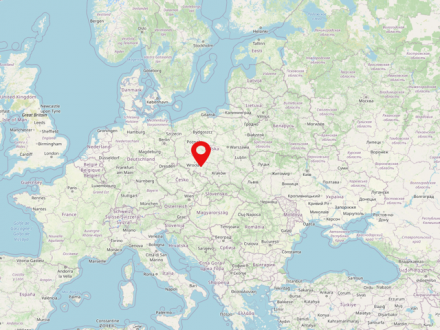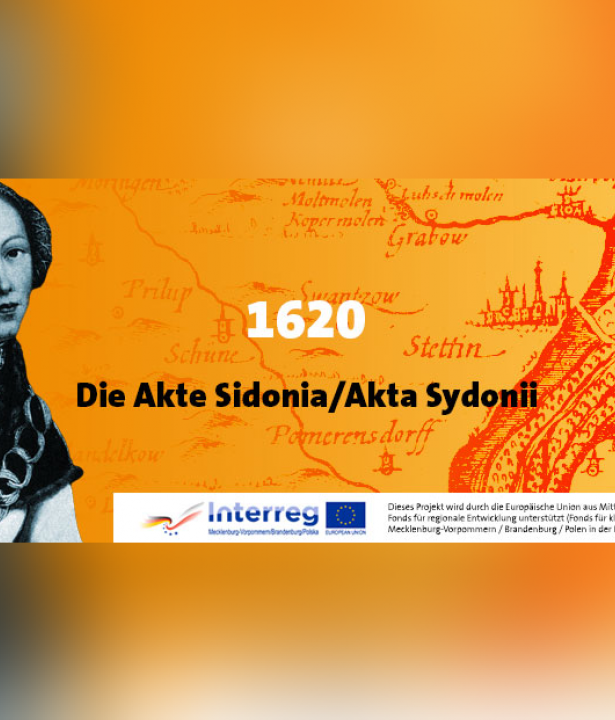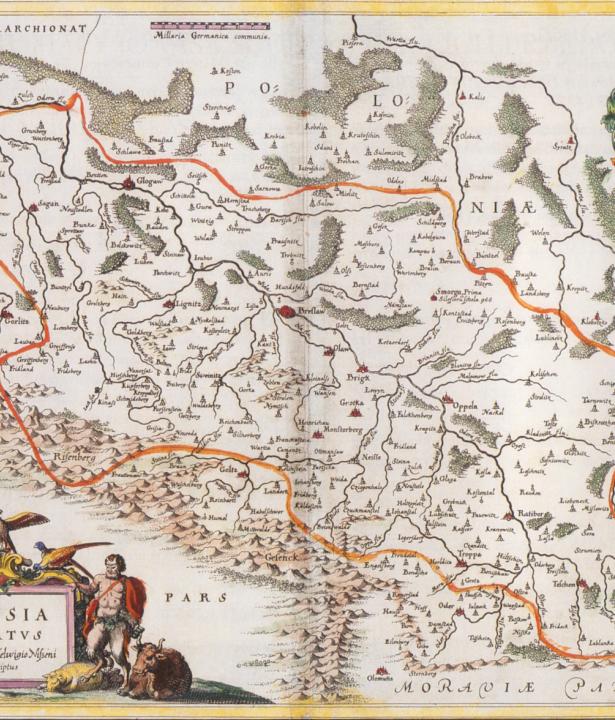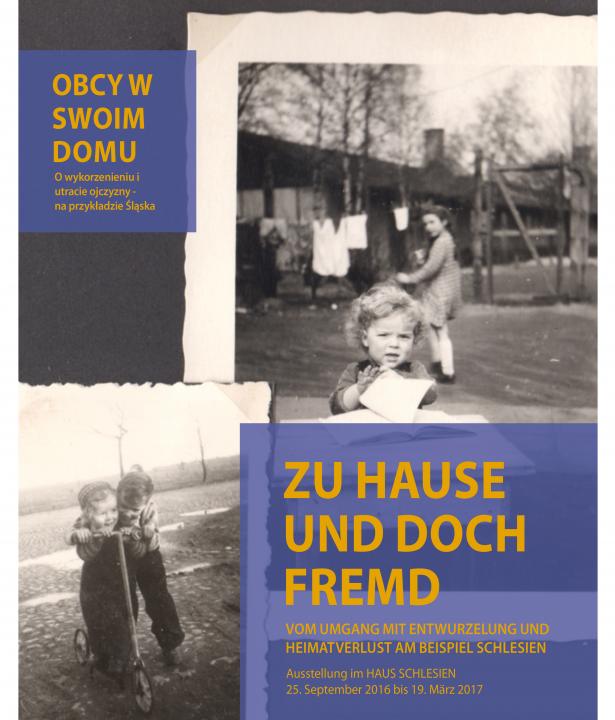Silesia (Polish: Śląsk, Czech: Slezsko) is a historical landscape, which today is mainly located in the extreme southwest of Poland, but in parts also on the territory of Germany and the Czech Republic. By far the most significant river is the Oder. To the south, Silesia is bordered mainly by the Sudeten and Beskid mountain ranges. Today, almost 8 million people live in Silesia. The largest cities in the region are Wrocław, Opole and Katowice. Before 1945, most of the region was part of Prussia for two hundred years, and before the Silesian Wars (from 1740) it was part of the Habsburg Empire for almost as many years. Silesia is classified into Upper and Lower Silesia.
Poland is a state in Central Eastern Europe and is home to approximately 38 million people. The country is the sixth largest member state of the European Union. The capital and biggest city of Poland is Warsaw. Poland is made up of 16 voivodships. The largest river in the country is the Vistula (Polish: Wisła).
Upper Silesia (Polish Górny Śląsk, Czech Horní Slezsko) is the southeastern part of Silesia in modern Poland and the Czech Republic. The area lies on the Odra River and a part of the eastern Sudeten Mountains. Opole (Polish: Oppeln) is regarded as the historical capital of Upper Silesia.
The purpose of the blog is not to give a chronological outline of Silesian history, nor to explain major political events, but rather to focus on exemplary individual life stories and single events, report on them and put them into their historical context. On the basis of exhibits and archival materials from the collections of HAUS SCHLESIEN and some of its foreign partner museums, the aim is to tell about everyday and family life, about culture, economy and politics, and about the joys and sufferings of the people of Silesia in the period between the Empire and the People's Republic. The aim is to make the stories behind the objects visible and to give the silent witnesses a voice.
A further aim of the blog is to offer an opportunity to capture a range of very different perspectives through individual, personal stories, and thus to provide a multifaceted view of the everyday life, culture and history of Silesia in the first half of the 20th century. In addition, it shows the potential of the museum collections and draws attention to the important role that even comparatively unspectacular exhibits can have in conveying information, helping us to understand how everyday objects can also be worth collecting.

















